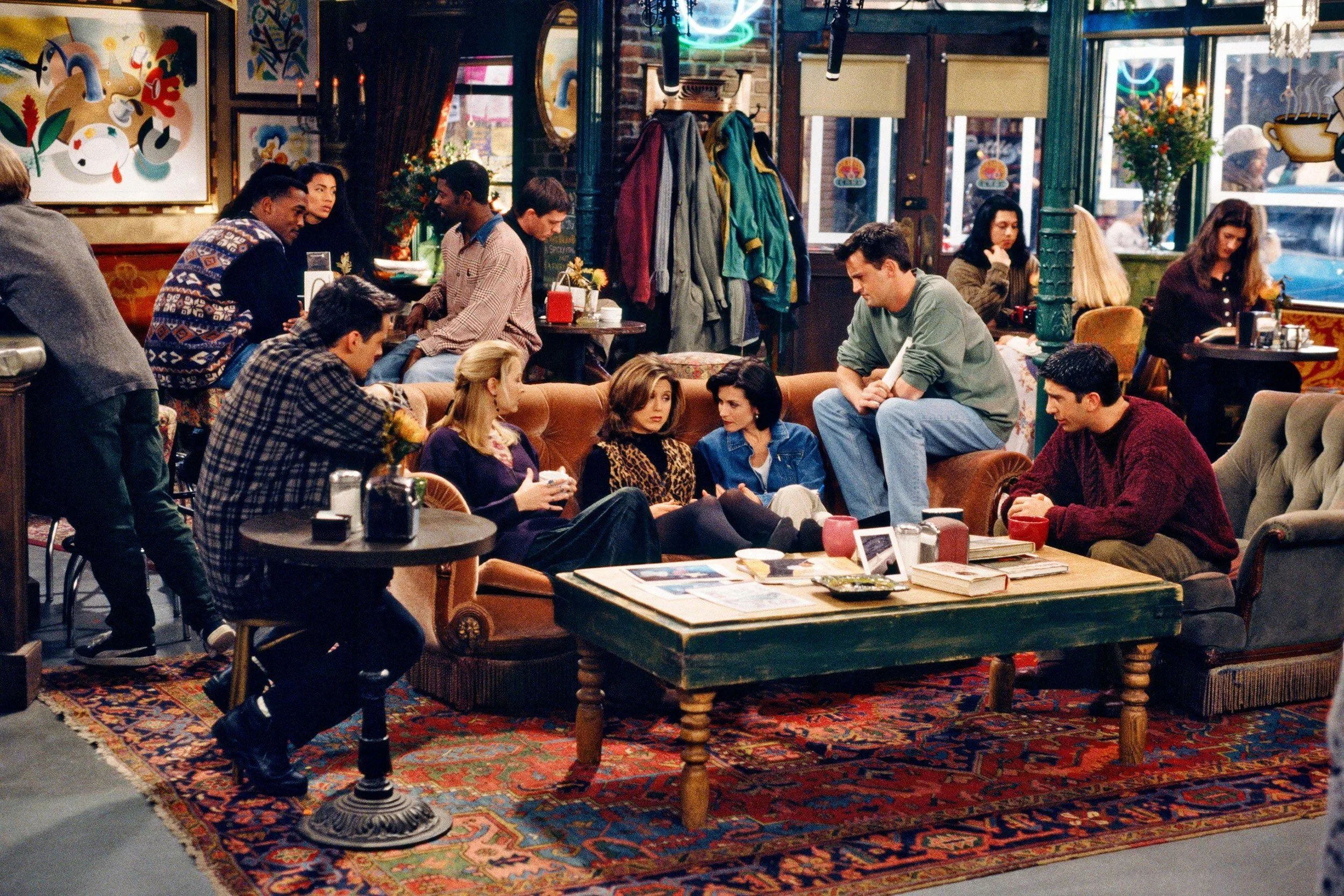‘The Smashing Machine’ REVIEW: A Sleepwalk Towards Triumph
‘The Smashing Machine’ REVIEW: A Sleepwalk Towards Triumph
Dwayne Johnson as Mark Kerr in The Smashing Machine | Photo courtesy of A24 / IMDb
Shiny, hulking bodies emerge from a cloud of smoke and engage in one of man’s most primal urges. The audience roars to the high heavens to see which of the bruised, battered, and bloodied goliaths will take home the victory.
The seemingly antiquated sport never fails to innovate new and exciting ways to engage in the drag of beating each other to a pulp. This is the world that The Smashing Machine resides in, and it’s an absolute dream. It’s something I’ve come to expect from a Safdie film. Shaky handhelds and a pervasive electronic soundscape, but there seems to be a more intimate touch in this film. While Good Time and Uncut Gems ramp up the action with their eclectic scoring, The Smashing Machine provides an ambient, jazz atmosphere to ground its viewers in reality, better yet, a heightened version of it.
To almost ease the audience into a transcendental state of feeling during these high-intensity fights. All this is credit to Nala Sinephro, the composer of the film’s soundtrack. She’s briefly present in the film, and her wispy rendition of the “Star-Spangled Banner” has stayed in my bones ever since I had the pleasure of witnessing it during my first viewing. There’s a slight shift in style as well, with Benny Safdie solely at the helm. He has a particular way of allowing viewers to be one of the many spectators of the events unfolding on screen.
A standout moment is the camerawork during the matches. The charm of handheld filmmaking is the unique sense of proximity to the characters, but the excited, almost child-like giddiness he imbues in the way he whizzes past the sideline coaches to get a better shot of the action really elevates the experience. It’s infectious and almost enough to keep you hooked.
Dwayne Johnson as Mark Kerr in The Smashing Machine | Photo courtesy of A24 / IMDb
The film follows Mark Kerr, a celebrated American fighter and one of the early figures of the Ultimate Fighting Championship (UFC), played by another prominent athlete in the field, Dwayne “The Rock” Johnson. Despite his brutishness, the film establishes pretty early on Kerr’s quiet and polite disposition, which, in my opinion, Johnson plays to a tee. The juxtaposition between Kerr’s well-mannered self that appears during press conferences and interviews, and the beast that emerges in the ring, is the central idea that the film revolves around. While it leans more towards one than the other, the result isn’t short of compelling.
The film, however, falls into the same trappings of celebrity biopic conventions, but it still manages to offer a refreshing perspective. It disrupts audience expectations by injecting mundanity into the fighter’s day-to-day life. While his time in the ring plays out like a gladiator going into combat, his home life unfolds more like a soapy melodrama. A titan who engages in domestic disputes about houseplants and future children with his girlfriend, Dawn Staples (Emily Blunt), and expresses concern over a carnival ride’s effect on his sensitive tummy. Yes, punches are thrown and bodies are slammed against padded floors, but these ordinary moments are equally thrilling. As opposed to the ring, there’s no clear winner in Kerr’s personal life.
Dwayne “The Rock” Johnson and Emily Blunt as Mark Kerr and Dawn Staples, respectively, in The Smashing Machine | Photo courtesy of A24 / IMDb
I could go on and on about the film and its themes, but unfortunately, the film falls short for me in every other regard. Yes, Kerr’s unbreakable bond with his fighting buddy Mark Coleman and unpredictable relationship with his girlfriend incite some curiosity, and maybe even some analysis, but I can’t help but chalk that up to poor writing. I mean, I couldn’t watch Emily Blunt’s performance without being reminded of Heidi Gardner’s Angel (Every Boxer’s Girlfriend) character from Saturday Night Live.
Besides the unfortunate characterization of its only female character, the film also presents some underdeveloped ideas regarding the reasons behind Kerr’s attachment to the sport. The film half-heartedly posits our protagonist’s issues with relinquishing control, and from time to time, I understand what they’re trying to say, but the film makes such an antagonist out of Blunt’s character that I can’t fathom that they’d even want me to see Kerr as a flawed, complex human being. SPOILER ALERT! In fact, you could say he’s rewarded for Dawn’s absence at the end of the film. He may not have won the title, but he did achieve a sense of enlightenment that wouldn’t have been possible if she, his long-time girlfriend and supporter, were in attendance.
Ultimately, The Smashing Machine had some high highs and some low low’s but it’s overall a pretty solid portrait of its muse. The flash forward to the present-day Kerr running errands, was quite touching. His legacy and that of the sport’s humble beginnings live on through this film, and that’s something to behold. Now, if you’ll excuse me, I will be listening to Elvis Presley’s cover of “My Way” to maybe feel a fraction of the exultation that Kerr felt during his peak.





















